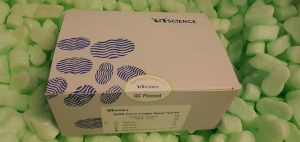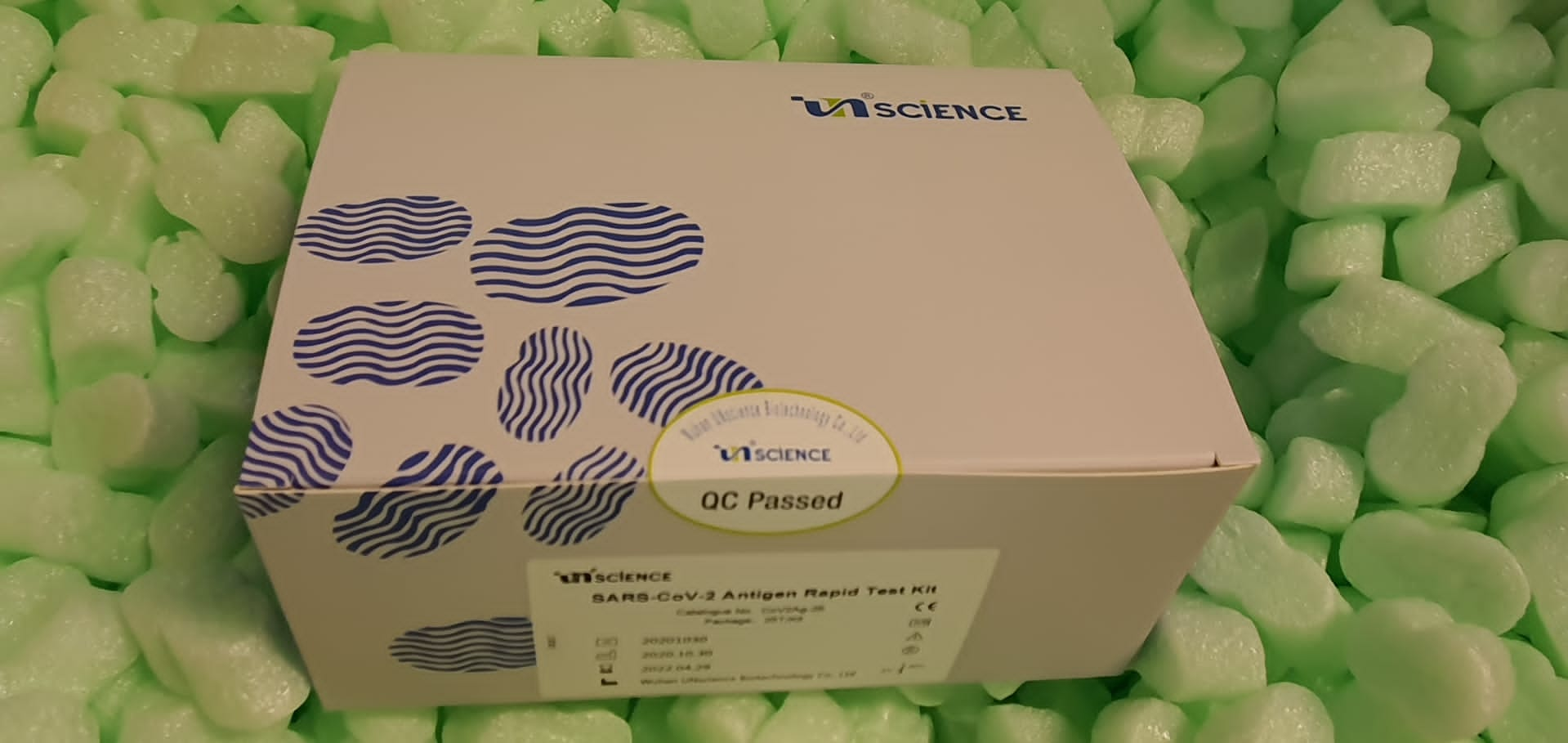Three-dimensional, organotypic models of the oral mucosa have been developed to review all kinds of phenomena occurring in the oral cavity. Although a quantity of models have been developed in educational analysis labs, only some models have been commercialized. Models from educational teams provide a broader vary of phenotypes whereas the industrial models are extra centered on the oral and gingival mucosa. The commercialized models are manufactured below extremely managed circumstances and meet the necessities of high quality requirements, which ends up in excessive ranges of reproducibility. These in vitro models have been used to judge the irritancy of oral care merchandise reminiscent of toothpastes, mouthwashes, and mucoadhesives. The results of cigarette smoke on oral cavity tissues have been studied and in comparison with these of e-cigarettes.
Oral tissue models have facilitated investigation of the mechanisms of oral mucositis and oral candidiasis and have been used to look at transbuccal drug supply charges and the absorption of nanoparticles. Infection research have investigated the results of HIV-1 together with the results of commensal and pathogenic micro organism. More just lately, a differentiated oral tissue mannequin has been proven to specific the ACE2 receptor, which is thought to be essential for the receptor-mediated entry of the SARS-CoV-2 coronavirus into human cells and tissues.
Hence, oral mucosal models might discover utility in figuring out whether or not viral an infection of the oral mucosa is feasible and whether or not such an infection has implications vis-a-vis the present COVID-19 pandemic. As is clear, these models are utilized in a broad selection of purposes and infrequently provide benefits versus animal models in phrases of reproducibility, avoiding species extrapolation, and the moral issues associated to human and animal experimentation. The objectives of this paper are to evaluation commercially out there models of the human buccal and gingival mucosa and spotlight their use to realize a greater understanding of a broad vary of phenomena affecting tissues in the oral cavity.
Optimizing COVID-19 management with asymptomatic surveillance testing in a college surroundings

To What Extent Do Study Habits Relate to Performance?
Students’ examine classes exterior class are essential studying alternatives in faculty programs. However, we regularly rely on college students to review successfully with out express instruction. In this examine, we described college students’ self-reported examine habits and associated these habits to their efficiency on exams. Notably, in these analyses, we managed for potential confounds, reminiscent of educational preparation, self-reported class absences, and self-reported whole examine time.
First, we discovered that, on common, college students used roughly 4 lively methods to review and that they spent about half of their examine time utilizing lively methods. In addition, each the quantity of lively methods and the proportion of their examine time utilizing lively methods positively predicted examination efficiency. Second, on common, college students began learning 6 days earlier than an examination, however how early a pupil began learning was not associated to efficiency on in-term (quick) or cumulative (delayed) exams.
[Linking template=”default” type=”products” search=”Rat Albumin Detection Kit” header=”3″ limit=”124″ start=”2″ showCatalogNumber=”true” showSize=”true” showSupplier=”true” showPrice=”true” showDescription=”true” showAdditionalInformation=”true” showImage=”true” showSchemaMarkup=”true” imageWidth=”” imageHeight=””]
Third, on common, college students reported being distracted about 20% of their examine time, and distraction whereas learning negatively predicted examination efficiency. These outcomes add nuance to lab findings and assist instructors prioritize examine habits to focus on for change. This was a retrospective observational cohort examine between September 2014 and August 2015 at a tertiary care educational medical-surgical ICU. A potential audit of phlebotomy practices in March 2018 was used to estimate blood waste throughout vascular entry. Multivariable logistic regression was used to judge phlebotomy quantity as a predictor of ICU nadir hemoglobin < 80 g/L, and pink blood cell transfusion.

